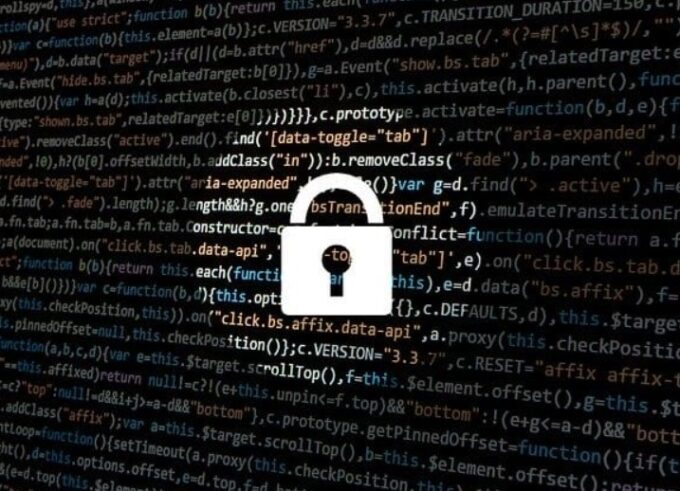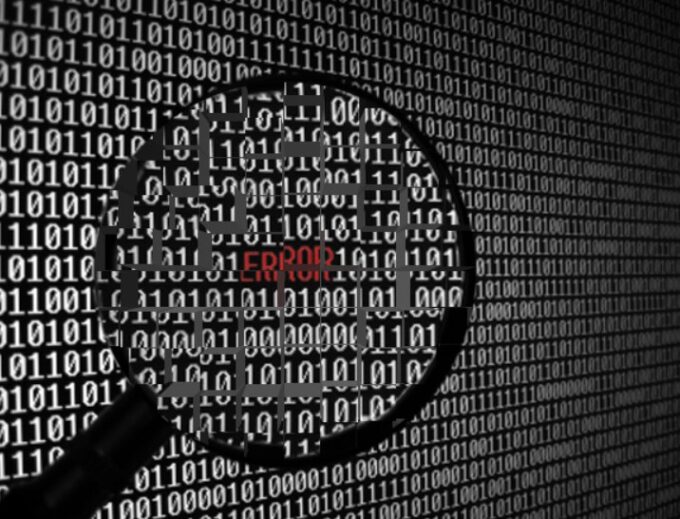Owners of SMBs (small-to-medium businesses) might think hackers would overlook them, but that doesn’t seem to be the case. Cybercrimes involving big companies make it into the headlines, but that doesn’t mean small businesses aren’t targeted. In fact, about 43% of cyberattacks are directed at SMBs.
Businesses that faced some form of cyberattack suffered a downturn of at least eight hours. Downtimes, which refer to periods when a system or equipment is non-functional, can cost companies more than USD$1.50 million in losses.
These statistics show that SMBs can’t afford to ignore their security. Unfortunately, three out of four small businesses state that they don’t have enough personnel for proper IT security.
Importance Of A Dedicated IT Staff To SMBs

Digitization has increased over the last few years, and as a result, security concerns have also increased. SMBs who lack a dedicated IT staff are particularly vulnerable, contrary to the belief of many business owners that cybercriminals only target large corporations. Discovering how an attack occurred and patching up vulnerabilities to ensure it wouldn’t happen again could cost an estimated USD$15,000.
If you’re an SMB owner, hiring an entire IT staff and outfitting them don’t have to cost an arm and a leg. There are managed IT services, like infotech.com.au, that can take care of all your IT needs at less cost than creating an entire IT department staffed with experienced technicians.
Managed IT services can take you on a par with larger companies in terms of IT capabilities, including security. Not only can they provide security against cyberattacks, but you can also avoid common security flaws of SMBs.
Common Security Flaws Of SMBs
Security threats can come from outside and inside your firewall. Below are some of the typical security flaws that small-to-medium businesses face and how to fix them.
The Risks of BYOD

If your organization follows a policy of BYOD (bring your own device), administrative oversight can get very complicated. Overseeing your workers’ mobile devices for permissions and data access to the company’s system would be challenging. Your employees should observe security precautions to prevent threats and mitigate risks that a mobile device can bring.
Threats can come from as simple as misplacing an unlocked mobile device in a public place. Such an occurrence can leak passwords and other sensitive information that could compromise the company’s system.
One way to address this is to use integrated security tools that include location mechanisms and remote-locking to prevent compromising your company’s security if a mobile device is stolen or lost.
Besides these security precautions, you should also make a comprehensive policy regarding their mobile devices if you have any chance of fixing these flaws. Inform them of the types of data that should or shouldn’t be saved on their devices. Require them to use biometric authentication or two-factor authentication. Make sure, too, that their passwords are strong.
Unpatched Applications
Hackers are aware that manual patching not only can take a considerable amount of time, but can also be a complex process. Unpatched apps are dangerous vulnerabilities and are often exploited by cybercriminals to get into a company’s system. These applications are among the top causes of data breaches.
For cybercriminals, an unpatched app is equivalent to an engraved invitation, so make sure that the apps you use are constantly patched and updated. Your IT admin should be aware of all the latest updates released by the software vendors. That’s why your apps must be audited to identify any missed patches and updates.
Updates should also be deployed systematically to remove any vulnerabilities that could arise in your endpoints or devices end-users use, such as computers and smartphones. You could also simplify your patch management system by automating them. Some tools could help you patch your apps from a centralized location to avoid having to do it for each application.
Beware Of PUPs And PUAs

PUPs (potentially unwanted programs) and PUAs (potentially unwanted applications) can compromise your security and privacy. They’re also no longer limited to PCs. Macs are also vulnerable to these malicious files, so don’t assume that you’re safe from them if you’re using Apple products.
These threats can come in from third-party downloads; questionable files like adware and spyware can easily piggyback on them. While these may not seem to be a critical threat to your security, they can disrupt attention and interrupt users, and eventually, affect your revenue and violate users’ privacy. Your security solution should include PUP and PUA detection as part of its protocols. These programs aren’t just an annoyance; if undetected, they can wreak havoc on your system. So, you have to be careful of free apps.
Endpoint Security
Another security flaw that SMBs should watch out for is the vulnerability that happens in endpoints. As remote working has increased, endpoint security issues have become prime targets for hackers. Mobile devices, which many professionals use to do business remotely, don’t have the same security level as workplace devices.
They don’t have secure connections with various devices, phones, databases, servers, and others. Mobile devices, because of their nature, are more vulnerable to phishing schemes. Dynamic communications and instant interactions can make anyone more likely to click, intentionally or unintentionally, on links that could expose them to phishing attacks.
Endpoints can also refer to office workstations, servers, and others. Keep in mind that it just takes one vulnerability for hackers to exploit, and they can cause a lot of mischief to your infrastructure.
To patch up this security flaw, you should ensure that you have effective two-factor authentication, no-nonsense endpoint security, integrated security for all relevant devices and Operating Systems, and a VPN (virtual private network) that’s easily managed. You should also look at some SaaS (software as a service) endpoint security tools as a possible solution.
User Errors

Unfortunately, human errors are among the top causes of data breaches. Very often, users unfamiliar with technology can accidentally download an attachment from an email with dubious origin, click on a risky link, or even share sensitive data with the wrong people.
To mitigate these flaws, you can conduct regular training to educate them about Internet security best practices. You can show them what a phishing scheme would like, provide a few examples of how social engineering works, and other cybersecurity no-nos.
Final Thoughts
The rise of digitization increased the online presence of all businesses. It also made SMBs with no dedicated IT department especially vulnerable to cybercrimes. Managed IT services are a big boon for SMBs who lack the resources for a good IT team.
The typical SMB security flaws and their fixes listed here are just some of the risks they can avoid. All businesses are vulnerable to hackers, so thinking that cybercriminals will ignore smaller businesses would be a big mistake. Being proactive and fixing security flaws will go a long way towards protecting your business from cybercriminals.









